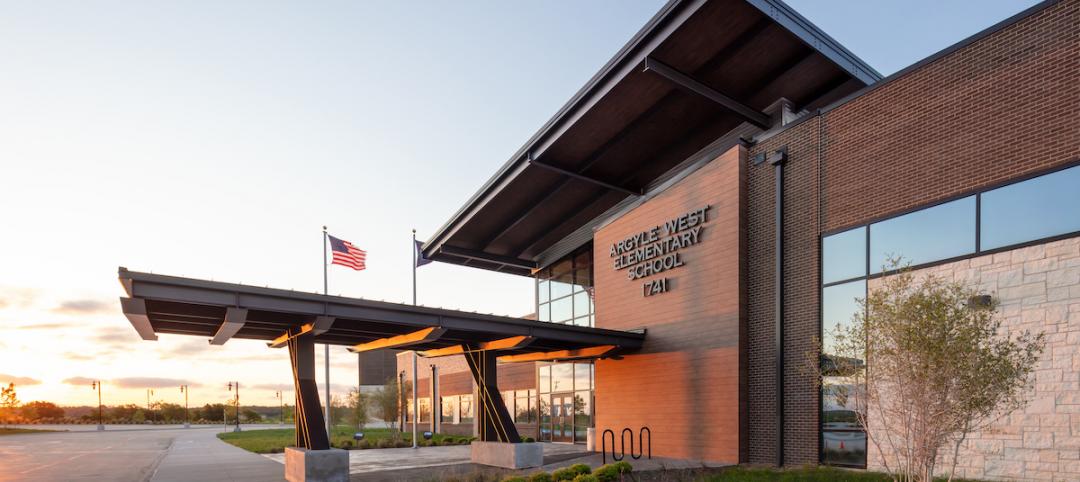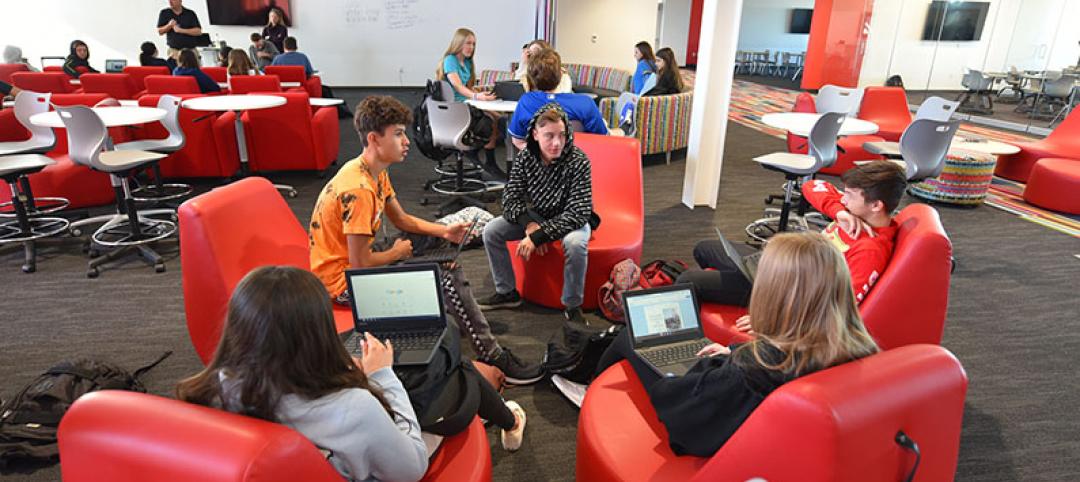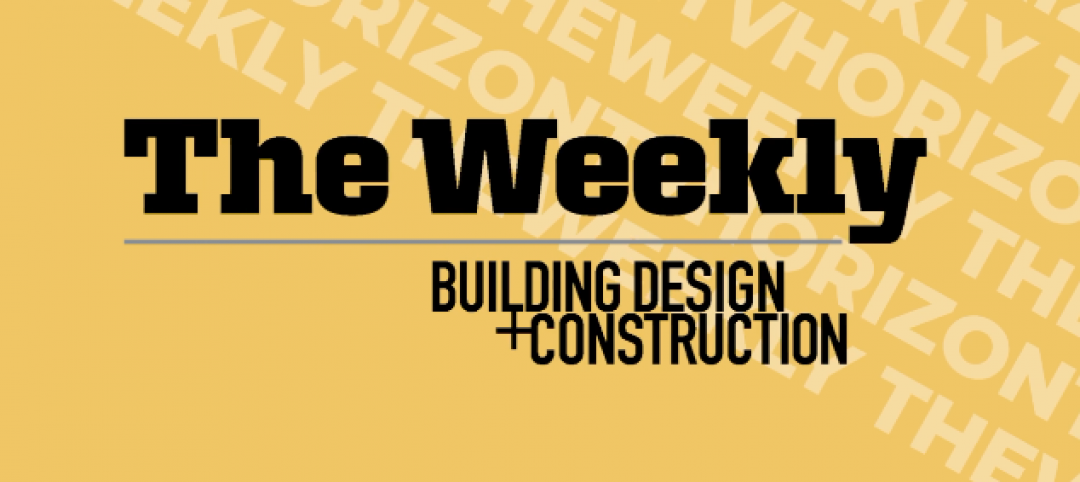California has allocated $4.1-billion to develop ‘community schools’ that have the potential to transform K-12 education.
The plan is to enrich schools in areas that struggle with poverty and other social ills to become neighborhood centers to meet the needs of students. These community schools will offer healthcare, mental health services, tutoring, and other social supports.
The aim is to break down barriers, such as hunger, anxiety and depression, racism, and housing insecurity, that detract from the ability of students to learn. Advocates say community schools could vastly improve educational outcomes. This new model is being expanded while a youth mental health crisis and intensified learning deficits are challenging educators after long, pandemic-forced school closures.
Some 268 districts across the state were awarded $649 million in grants for schools in the early stages of planning or for districts further along or seeking to expand. The L.A. Unified School District, which already had 31 community schools, received $44 million. Relatively few schools nationwide—an estimated 5,000—follow the community school model. Some studies have found that well-run community schools lead to better attendance, fewer discipline problems and chronic absences, and better communication with families.
Related Stories
Giants 400 | Dec 3, 2020
2020 K-12 School Sector Giants: Top architecture, engineering, and construction firms in the U.S. K-12 school facilities sector
AECOM, Gilbane, and PBK head BD+C's rankings of the nation's largest K-12 school facilities sector architecture, engineering, and construction firms, as reported in the 2020 Giants 400 Report.
AEC Tech | Nov 12, 2020
The Weekly show: Nvidia's Omniverse, AI for construction scheduling, COVID-19 signage
BD+C editors speak with experts from ALICE Technologies, Build Group, Hastings Architecture, Nvidia, and Woods Bagot on the November 12 episode of "The Weekly." The episode is available for viewing on demand.
K-12 Schools | Oct 23, 2020
K-12 sector adjusting to ‘new priorities’
Health and safety now rank with security for design and construction criteria.
Coronavirus | Oct 8, 2020
The Weekly show: Statue of Liberty Museum, emotional learning in K-12, LA's climate change vulnerability
The October 8 episode of BD+C's "The Weekly" is available for viewing on demand.
Coronavirus | Sep 1, 2020
6 must reads for the AEC industry today: September 1, 2020
Co-working developers pivot to survive the pandemic, and the rise of inquiry-based learning in K-12 communities.
K-12 Schools | Sep 1, 2020
The rise of inquiry-based learning in K-12 communities
Inquiry-based education offers a methodology that does not rely solely on the educator being the lead in all learning.
Giants 400 | Aug 28, 2020
2020 Giants 400 Report: Ranking the nation's largest architecture, engineering, and construction firms
The 2020 Giants 400 Report features more than 130 rankings across 25 building sectors and specialty categories.
K-12 Schools | Aug 6, 2020
HMC releases COVID-19 Campus Reboot Guide for PreK-12 schools
Ongoing research effort includes whitepaper series that outlines resiliency solutions for healthcare, civic and education markets.
Coronavirus | Jun 19, 2020
Experts address COVID-19's impact on nursing homes and schools on The Weekly
The June 18 episode of BD+C's "The Weekly" is available for viewing on demand.
Coronavirus | Mar 30, 2020
Learning from covid-19: Campuses are poised to help students be happier
Overcoming isolation isn’t just about the technological face to face, it is about finding meaningful connection and “togetherness”.

















